Home>Furniture & Design>Interior Design Trends>How Much Weight Can Tempered Glass Support
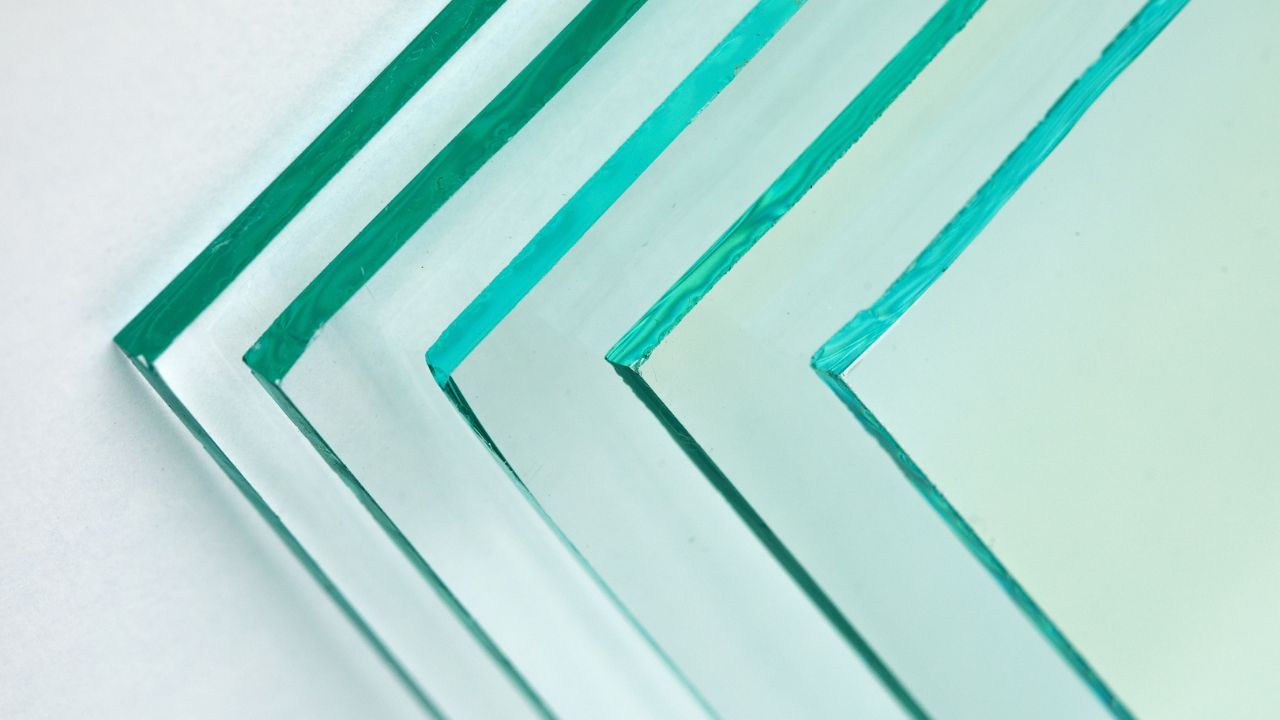

Interior Design Trends
How Much Weight Can Tempered Glass Support
Modified: October 20, 2024
Discover the latest interior design trends and learn how much weight tempered glass can support. Enhance your space with durable and stylish glass solutions.
(Many of the links in this article redirect to a specific reviewed product. Your purchase of these products through affiliate links helps to generate commission for Storables.com, at no extra cost. Learn more)
Introduction
When it comes to designing and furnishing a space, the choice of materials plays a pivotal role in both aesthetics and functionality. Tempered glass, with its blend of elegance and durability, has become a popular choice for various applications in modern interior design. Whether it's for sleek tabletops, stylish shelves, or contemporary partitions, tempered glass offers a versatile solution that complements a wide range of design styles.
In this article, we will delve into the world of tempered glass and explore its weight-bearing capabilities. Understanding the factors that influence the weight support of tempered glass is crucial for making informed decisions when incorporating this material into interior design projects. From the manufacturing process to the safety considerations, we will unravel the intricacies of tempered glass to provide a comprehensive understanding of its weight-bearing capacity.
As we embark on this exploration, it's important to note that the information presented here aims to empower homeowners, interior designers, and enthusiasts with the knowledge needed to make informed choices when integrating tempered glass elements into their living spaces. By gaining insights into the weight limitations and safety considerations associated with tempered glass, individuals can confidently unleash their creativity while ensuring the structural integrity and safety of their design concepts.
Join us on this journey as we unravel the mysteries of tempered glass and discover the fascinating interplay between elegance and strength in interior design. Let's delve into the world of tempered glass and uncover the secrets behind its remarkable weight-bearing capabilities.
Key Takeaways:
- Tempered glass is strong and safe, making it a versatile choice for interior design. Factors like thickness, surface area, and edge support affect its weight capacity, so careful consideration is key.
- Prioritizing safety and understanding weight limits are crucial when using tempered glass in design. By considering factors like breakage prevention and load distribution, designers can create both elegant and secure spaces.
Read more: How Much Weight Can A Glass Top Stove Hold
Understanding Tempered Glass
Tempered glass, also known as toughened glass, is a type of safety glass that is processed through controlled thermal or chemical treatments. This specialized manufacturing process enhances the strength and resilience of the glass, making it approximately four times stronger than regular annealed glass. The unique properties of tempered glass stem from its internal structure, which is designed to withstand higher levels of stress and impact compared to conventional glass.
One of the defining characteristics of tempered glass is its ability to shatter into small, granular pieces when subjected to excessive force or impact. This fragmentation pattern minimizes the risk of serious injury, as the glass breaks into tiny, relatively harmless fragments rather than sharp, jagged shards. This safety feature makes tempered glass an ideal choice for various applications where safety is a priority, such as glass doors, shower enclosures, and automotive windows.
In addition to its safety benefits, tempered glass offers exceptional resistance to thermal stress, making it suitable for use in environments with fluctuating temperatures. This thermal resistance is attributed to the balanced internal stresses within the glass, which enable it to withstand rapid temperature differentials without compromising its structural integrity. As a result, tempered glass is commonly utilized in architectural features, such as glass facades and skylights, where exposure to varying weather conditions is a consideration.
Furthermore, tempered glass exhibits a high degree of scratch resistance, contributing to its longevity and visual appeal in interior design applications. Its ability to maintain clarity and transparency over time makes it an attractive choice for tabletops, display cabinets, and decorative panels, where durability and aesthetics converge.
In the realm of interior design, tempered glass serves as a versatile medium for creating contemporary, minimalist, and sophisticated design elements. Its sleek, modern appearance, combined with its robust nature, allows designers to integrate it seamlessly into diverse design concepts, ranging from urban chic to timeless elegance.
In essence, understanding the unique properties and characteristics of tempered glass is essential for harnessing its full potential in interior design. By recognizing its strength, safety features, and aesthetic versatility, designers and homeowners can leverage tempered glass to elevate the visual appeal and functionality of living spaces, while ensuring a secure and durable design foundation.
Factors Affecting Weight Support
The weight support capabilities of tempered glass are influenced by a myriad of factors that collectively determine its load-bearing capacity and overall resilience. Understanding these factors is crucial for making informed decisions when incorporating tempered glass into interior design projects. Let's delve into the key elements that impact the weight support of tempered glass:
Glass Thickness:
The thickness of tempered glass significantly affects its ability to support weight. Thicker glass panels inherently possess greater structural strength and can withstand heavier loads compared to thinner counterparts. When selecting tempered glass for applications such as tabletops or shelving, the appropriate thickness must be carefully considered to ensure optimal weight support and durability.
Surface Area:
The size and surface area of the tempered glass installation play a pivotal role in determining its weight-bearing capacity. Larger glass panels distribute weight differently compared to smaller ones, and the manner in which the load is dispersed across the surface impacts the overall support capabilities. Designers and homeowners must assess the dimensions of the glass elements in relation to the anticipated weight they will bear to ensure that the surface area adequately accommodates the intended loads.
Read more: How Much Weight Can Attic Hold
Edge Support:
The manner in which tempered glass is supported along its edges significantly influences its weight-bearing capabilities. Proper edge support is essential for distributing the weight evenly and minimizing the risk of structural stress. Whether it's a glass tabletop resting on a frame or shelving secured within a support structure, the design and implementation of edge support mechanisms are critical factors in determining the glass's ability to withstand weight.
Impact of Cutouts and Cut Shapes:
The presence of cutouts or intricate shapes in tempered glass elements can impact their weight support capabilities. Cutouts and complex shapes may alter the distribution of stress within the glass, potentially affecting its load-bearing capacity. When incorporating custom-cut tempered glass elements into interior design, careful consideration of the impact of these design features on weight support is essential to ensure structural integrity.
Environmental Factors:
Environmental conditions, such as temperature variations and exposure to external forces, can influence the weight support capabilities of tempered glass. Fluctuations in temperature and exposure to external pressures can impact the glass's overall resilience and load-bearing capacity. Therefore, assessing the environmental factors to which the tempered glass will be subjected is crucial in determining its suitability for supporting specific weights.
By comprehensively considering these factors, designers and homeowners can make informed decisions regarding the integration of tempered glass elements into interior spaces, ensuring that the weight support capabilities align with the intended design and functional requirements. Understanding the interplay of these factors empowers individuals to leverage the strength and versatility of tempered glass while maintaining a steadfast focus on safety and durability.
Maximum Weight Capacity of Tempered Glass
The maximum weight capacity of tempered glass is a critical consideration when integrating this material into interior design projects. Determining the precise weight that tempered glass can support involves a nuanced evaluation of various factors, including glass thickness, surface area, edge support, and environmental conditions. While there is no universal weight limit that applies to all tempered glass installations, understanding the principles that govern weight capacity is essential for ensuring the structural integrity and safety of design elements.
Glass thickness plays a pivotal role in determining the maximum weight capacity of tempered glass. Thicker glass panels inherently possess greater strength and can support heavier loads compared to thinner counterparts. For instance, a tempered glass tabletop with a thickness of 1/2 inch will have a higher weight capacity than a similar tabletop with a 1/4-inch thickness. Designers and homeowners must carefully assess the intended application and anticipated loads to select the appropriate glass thickness that aligns with the weight support requirements.
The surface area of the tempered glass installation directly influences its weight-bearing capacity. Larger glass panels distribute weight differently compared to smaller ones, and the manner in which the load is dispersed across the surface impacts the overall support capabilities. When designing glass partitions, display cases, or shelving units, the dimensions of the glass elements must be evaluated in relation to the expected weight they will bear. This assessment ensures that the surface area adequately accommodates the intended loads without compromising the structural integrity of the glass.
Proper edge support is essential for maximizing the weight capacity of tempered glass. Whether it's a glass tabletop resting on a sturdy frame or shelving secured within a robust support structure, the design and implementation of edge support mechanisms significantly contribute to the glass's ability to withstand weight. Even distribution of weight along the edges minimizes the risk of structural stress and ensures that the glass can support its intended load without compromising safety.
The presence of cutouts or intricate shapes in tempered glass elements can impact their weight support capabilities. Custom-cut glass elements, such as tabletops with notches or shelving with unique cut shapes, require careful consideration of how these design features may affect weight distribution and overall load-bearing capacity. Assessing the impact of cutouts and cut shapes on the glass's weight capacity is crucial for maintaining the structural integrity of the installation.
Environmental factors, including temperature differentials and exposure to external forces, can influence the weight capacity of tempered glass. Fluctuations in temperature and exposure to external pressures can impact the glass's overall resilience and load-bearing capacity. Therefore, evaluating the environmental conditions to which the tempered glass will be subjected is essential in determining its suitability for supporting specific weights.
By comprehensively considering these factors, designers and homeowners can make informed decisions regarding the integration of tempered glass elements into interior spaces. This ensures that the weight support capabilities align with the intended design and functional requirements, thereby leveraging the strength and versatility of tempered glass while maintaining a steadfast focus on safety and durability.
Read more: How Much Weight Can A Ladder Hold
Safety Considerations
Ensuring the safety of tempered glass installations is paramount in interior design, particularly when considering the weight-bearing capabilities of these elements. By prioritizing safety considerations, designers and homeowners can create spaces that not only exude elegance but also uphold the highest standards of structural integrity and user safety.
One of the primary safety considerations when working with tempered glass is the potential for breakage. While tempered glass is designed to fragment into small, relatively harmless pieces upon breakage, the possibility of impact-induced shattering underscores the importance of proactive safety measures. Designers must assess the risk of impact and implement appropriate safeguards to minimize the likelihood of glass breakage, especially in high-traffic areas or environments where accidental collisions may occur.
Furthermore, the installation and support of tempered glass elements play a crucial role in ensuring safety. Proper edge support, secure anchoring, and adherence to recommended installation practices are essential for mitigating the risk of structural failure. Whether it's a glass tabletop, partition, or display case, the integrity of the installation directly impacts the safety of the glass element. Thoroughly evaluating the load-bearing requirements and engaging qualified professionals for installation are fundamental steps in upholding safety standards.
In addition to breakage prevention and secure installation, the consideration of load distribution and weight limits is integral to safety. Exceeding the weight capacity of tempered glass can compromise its structural integrity, leading to potential failure and safety hazards. Designers and homeowners must diligently assess the intended loads and ensure that the selected tempered glass elements align with the weight support requirements of the envisioned applications. This proactive approach not only safeguards against overloading but also promotes the longevity and reliability of the glass installations.
Moreover, regular maintenance and periodic inspections are essential safety practices for tempered glass elements. Monitoring for signs of wear, damage, or stress ensures early detection of potential safety concerns, allowing for timely intervention and maintenance. By incorporating routine inspections into the maintenance regimen, individuals can proactively address any emerging issues and uphold the safety and functionality of the tempered glass installations.
Ultimately, safety considerations encompass a holistic approach to the design, installation, and maintenance of tempered glass elements in interior spaces. By integrating proactive safety measures, adhering to recommended practices, and prioritizing structural integrity, designers and homeowners can create environments where the elegance of tempered glass converges with uncompromising safety standards, fostering spaces that are as secure as they are visually captivating.
Conclusion
In conclusion, the weight-bearing capabilities of tempered glass are intricately intertwined with its unique properties, manufacturing processes, and environmental considerations. As a versatile and resilient material, tempered glass offers a harmonious blend of elegance and strength, making it a sought-after choice for a myriad of interior design applications. By understanding the factors that influence its weight support, individuals can harness the full potential of tempered glass while ensuring the safety and structural integrity of their design concepts.
The interplay of glass thickness, surface area, edge support, and environmental factors collectively determines the weight capacity of tempered glass. Designers and homeowners must carefully evaluate these factors to make informed decisions when integrating tempered glass elements into living spaces. Whether it's a sleek glass tabletop, a contemporary glass partition, or a stylish shelving unit, the considerations of weight support are essential for creating functional and visually captivating design elements.
Moreover, safety considerations form a cornerstone of working with tempered glass, particularly in relation to weight-bearing applications. Proactive measures to prevent breakage, secure installation, and diligent assessment of weight limits are fundamental for upholding safety standards and ensuring the longevity of tempered glass installations. By prioritizing safety alongside design considerations, individuals can create spaces that exude sophistication while maintaining uncompromising structural integrity.
As the realm of interior design continues to evolve, tempered glass stands as a timeless and versatile medium that transcends aesthetic boundaries. Its ability to seamlessly blend strength and elegance makes it an indispensable asset for modern design concepts. By embracing the principles of tempered glass weight support and safety, designers and homeowners can embark on a journey of creativity, innovation, and functionality, where the allure of tempered glass converges with the assurance of structural resilience.
In essence, the weight support of tempered glass is not merely a technical consideration but a pivotal aspect that shapes the intersection of form and function in interior design. By embracing the nuances of tempered glass weight capacity and safety, individuals can unlock the potential of this remarkable material, creating spaces that are as captivating as they are enduring.
Interested in safeguarding your home further? Delving into the world of protective materials is just a click away. Our next feature, "What Is Safety Glass," walks you through various types of protective glass, their unique properties, and why choosing the right type matters for both safety and aesthetics. Whether you're upgrading windows or just curious about materials that offer more security, this read is perfect for getting all the facts straight.
Frequently Asked Questions about How Much Weight Can Tempered Glass Support
Was this page helpful?
At Storables.com, we guarantee accurate and reliable information. Our content, validated by Expert Board Contributors, is crafted following stringent Editorial Policies. We're committed to providing you with well-researched, expert-backed insights for all your informational needs.


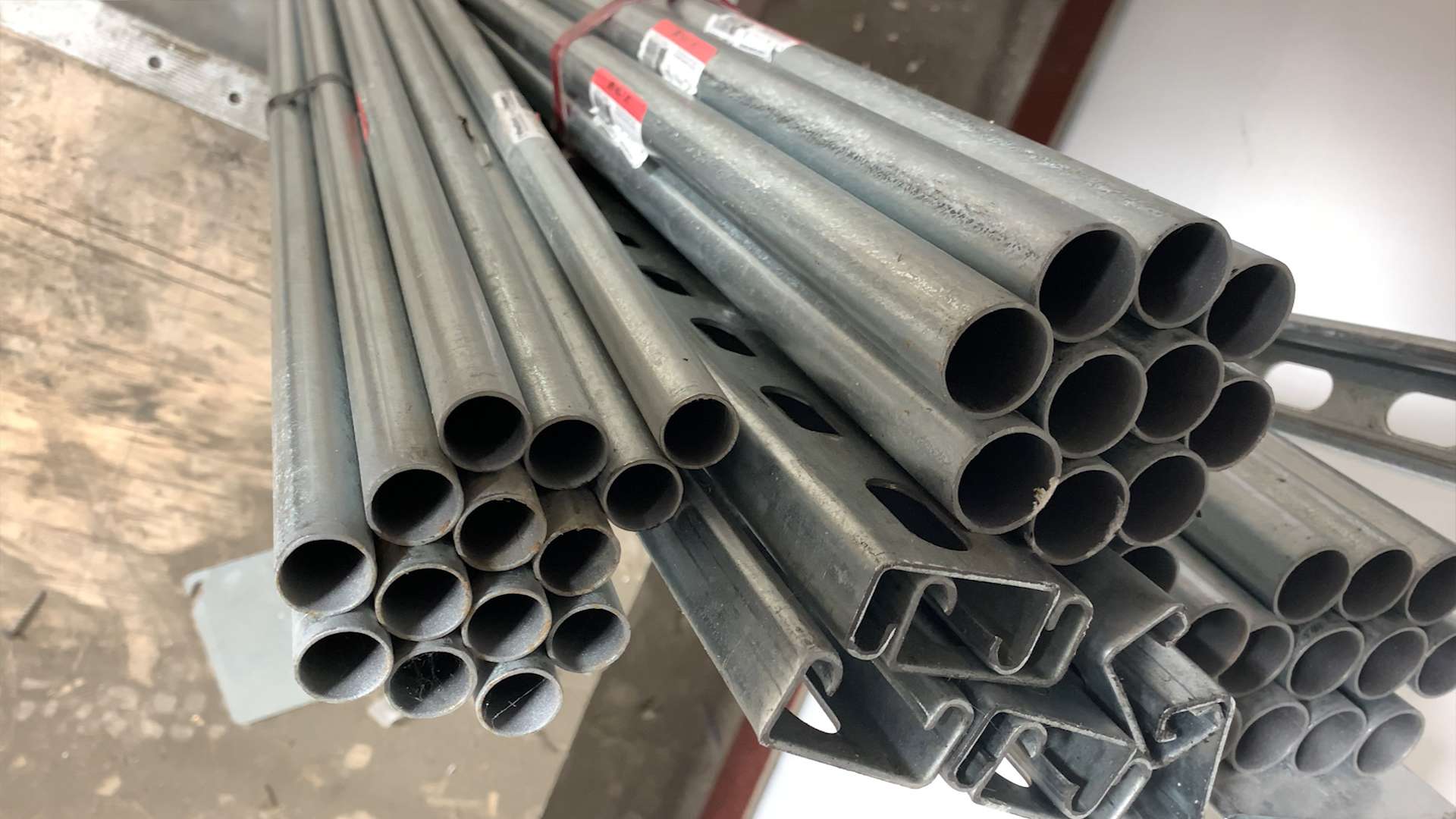

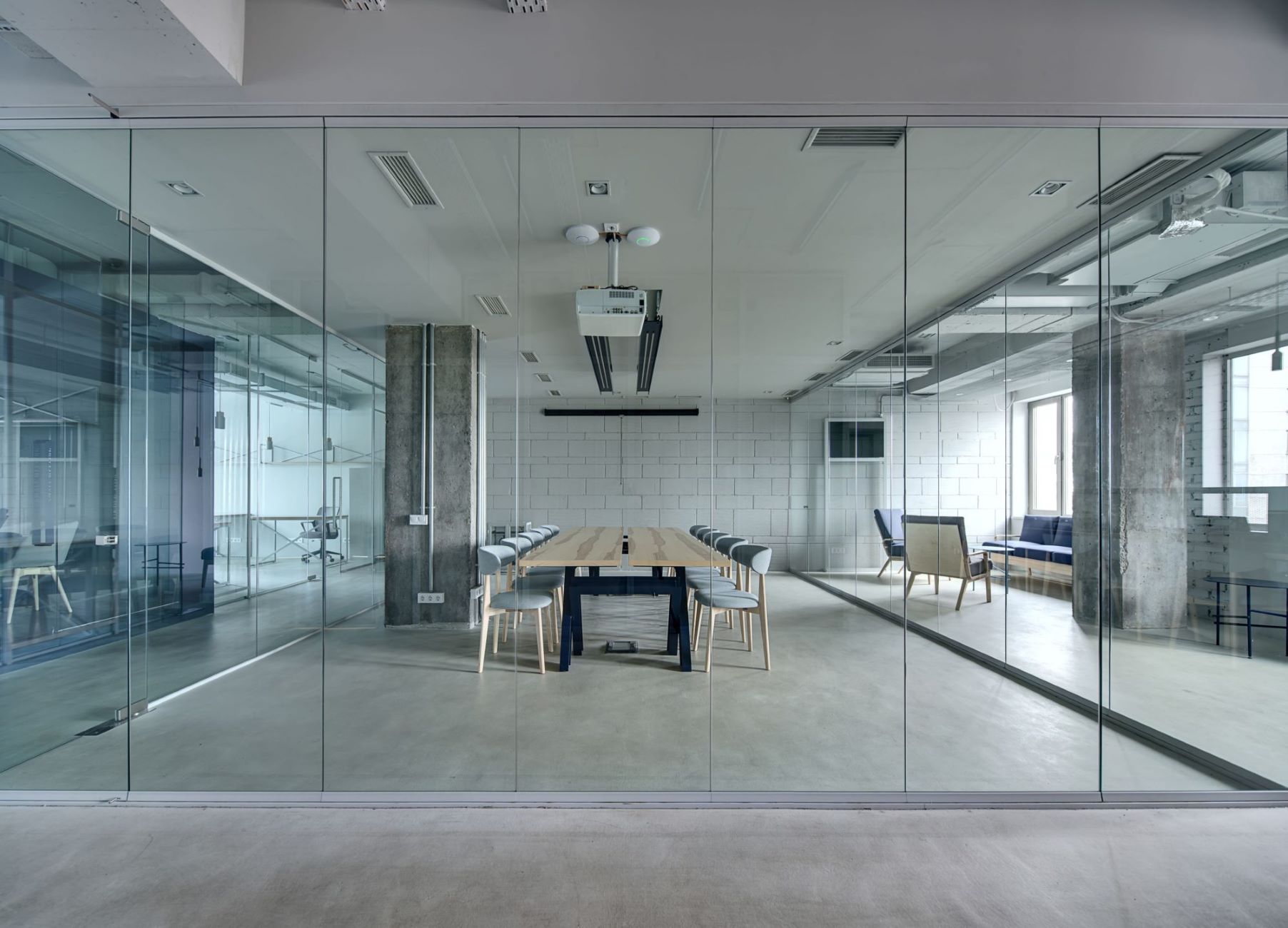
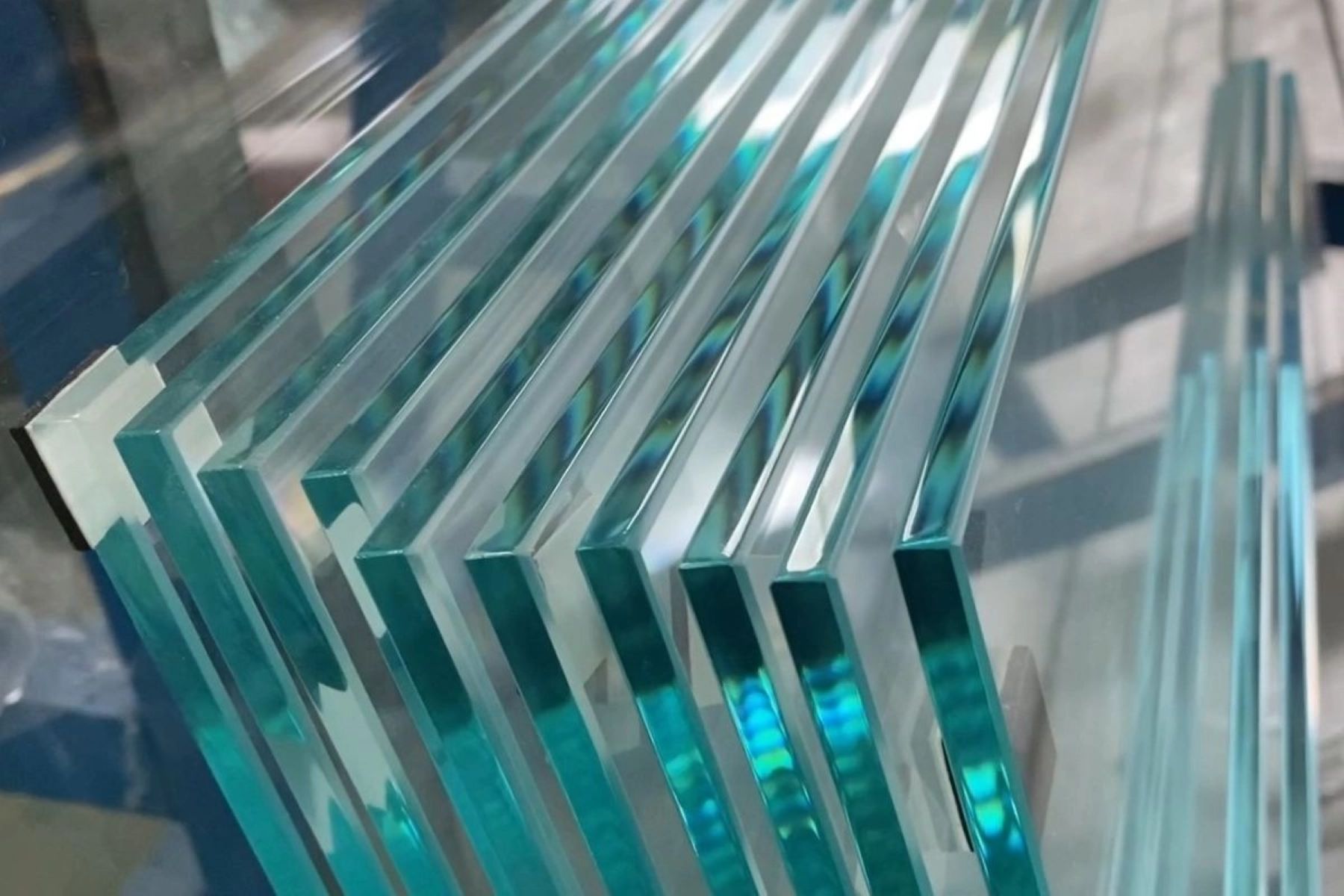
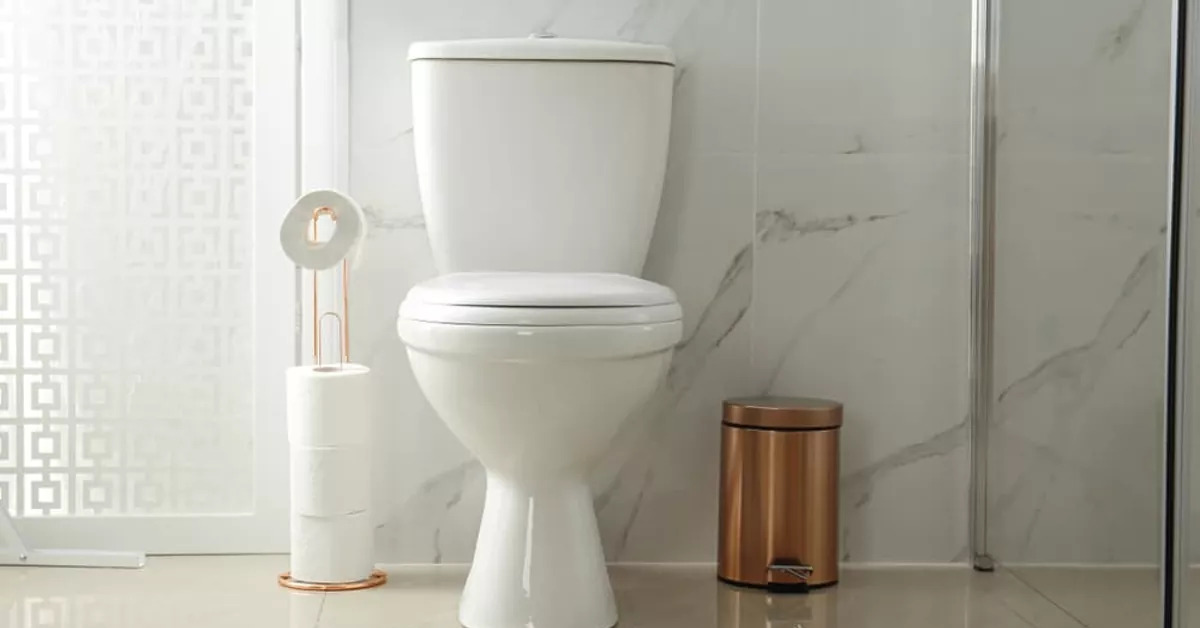

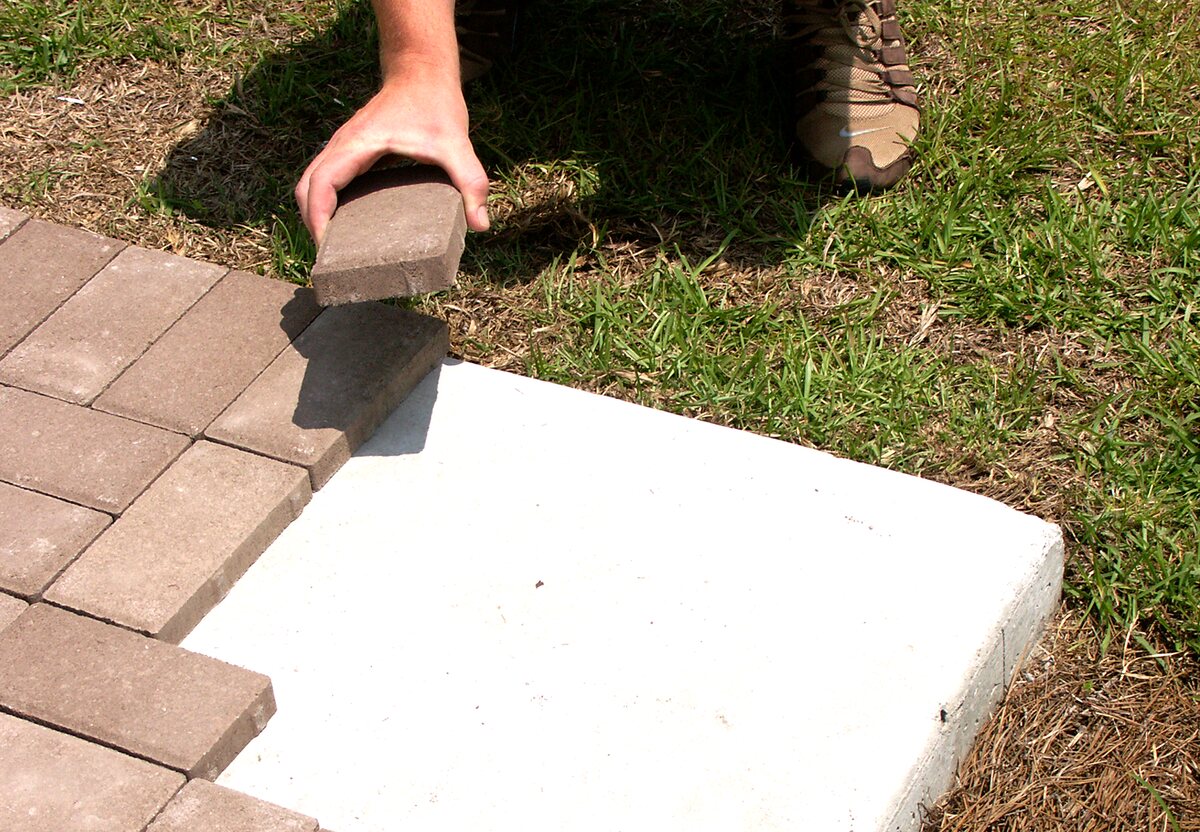
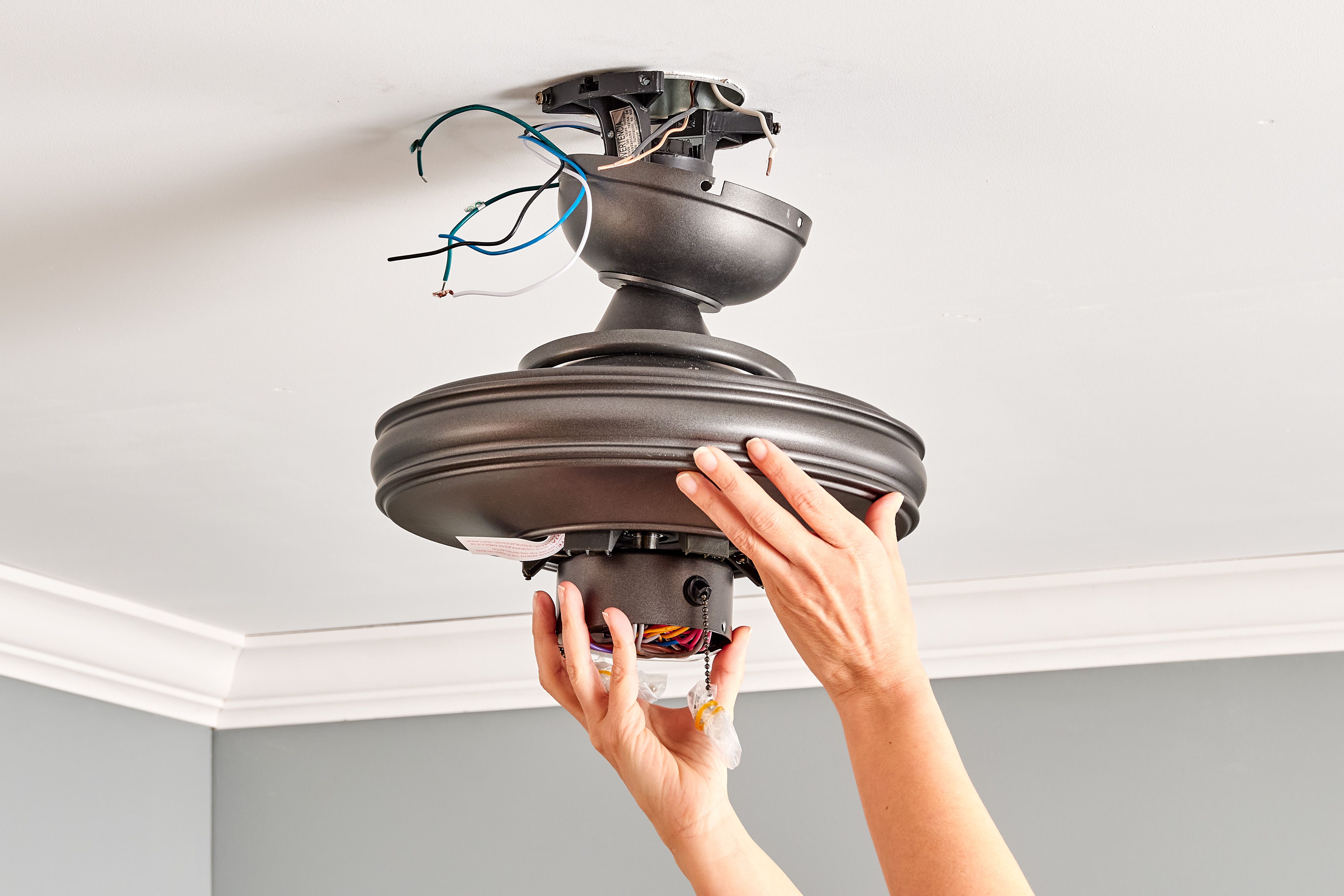

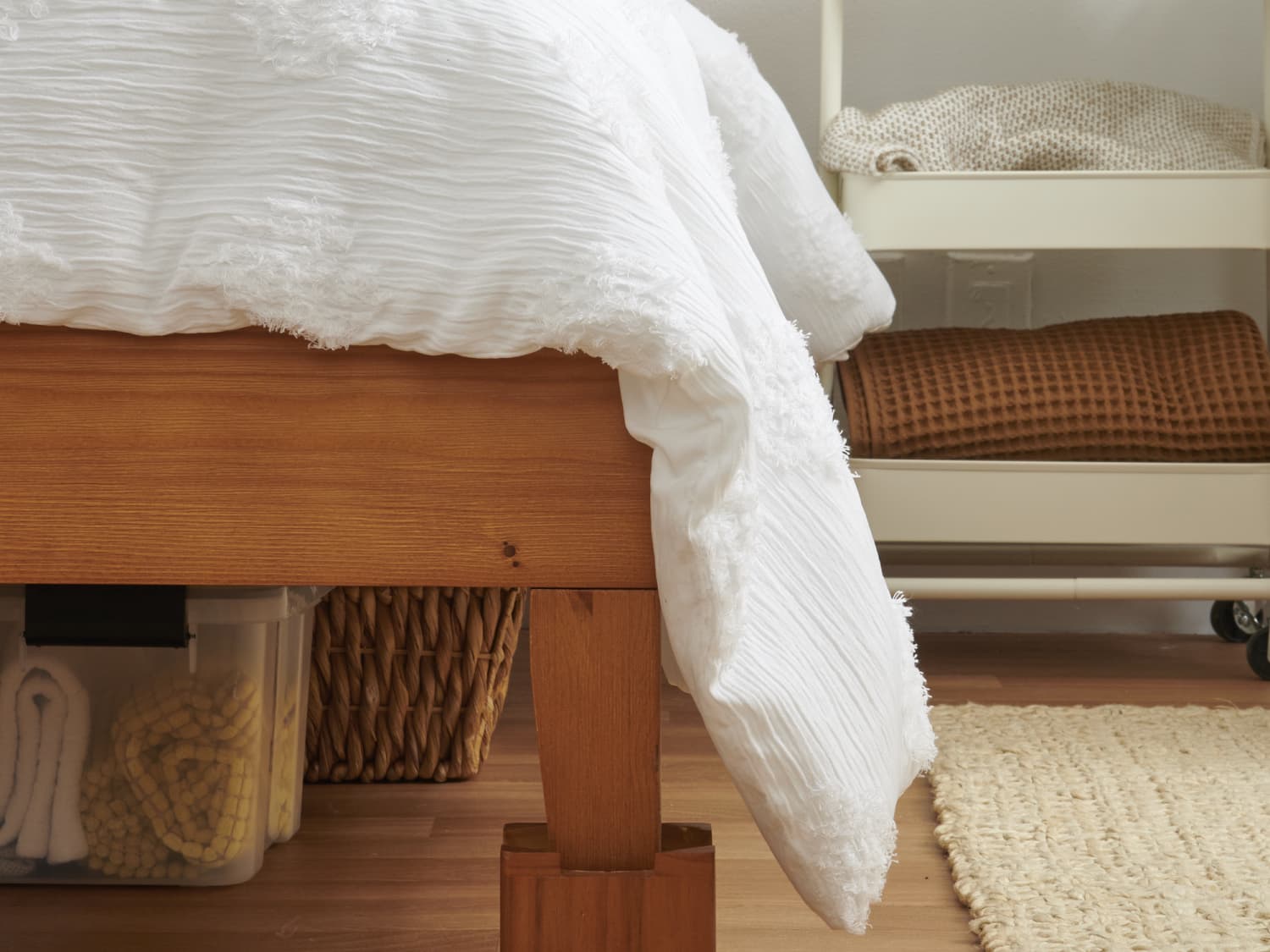
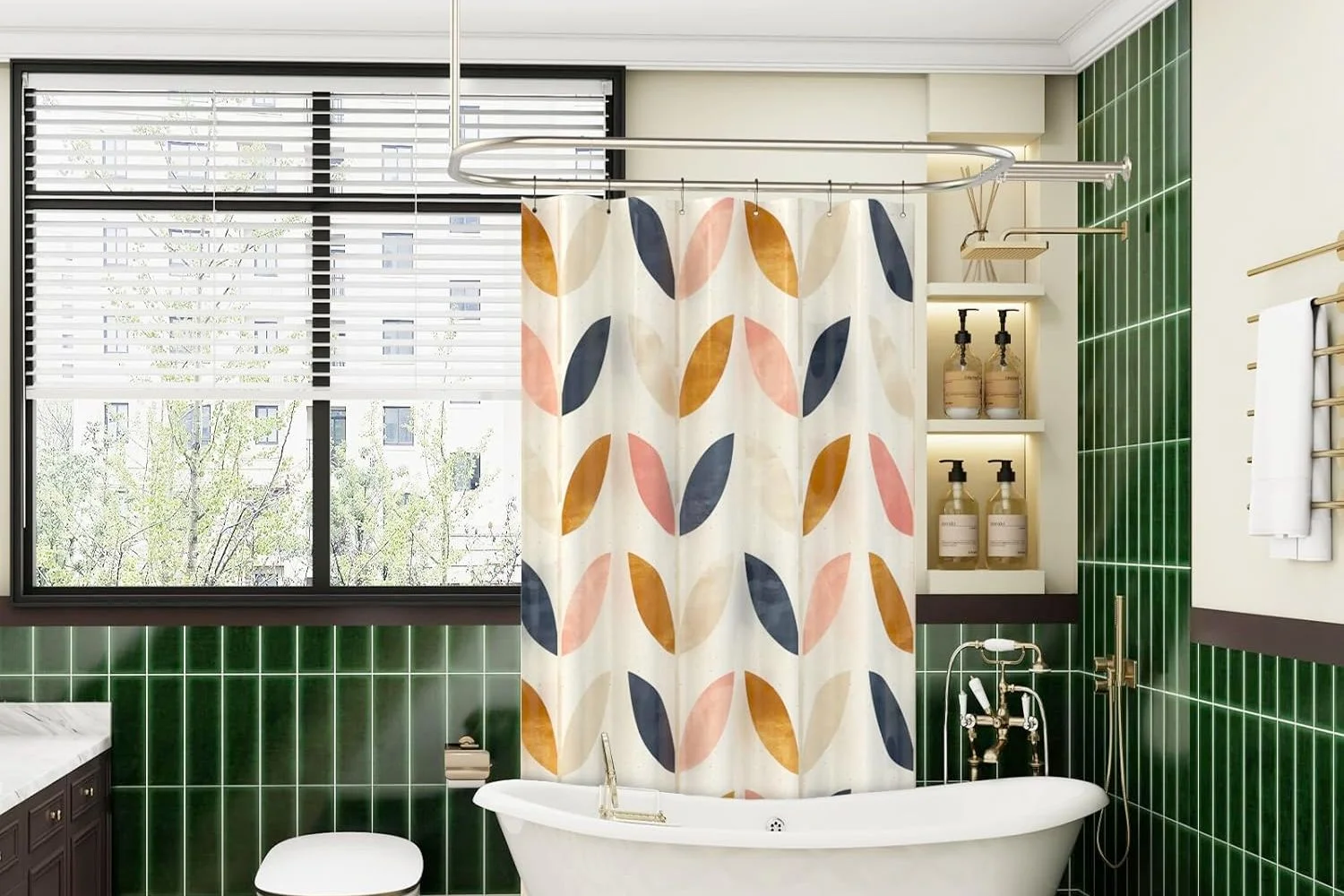

0 thoughts on “How Much Weight Can Tempered Glass Support”